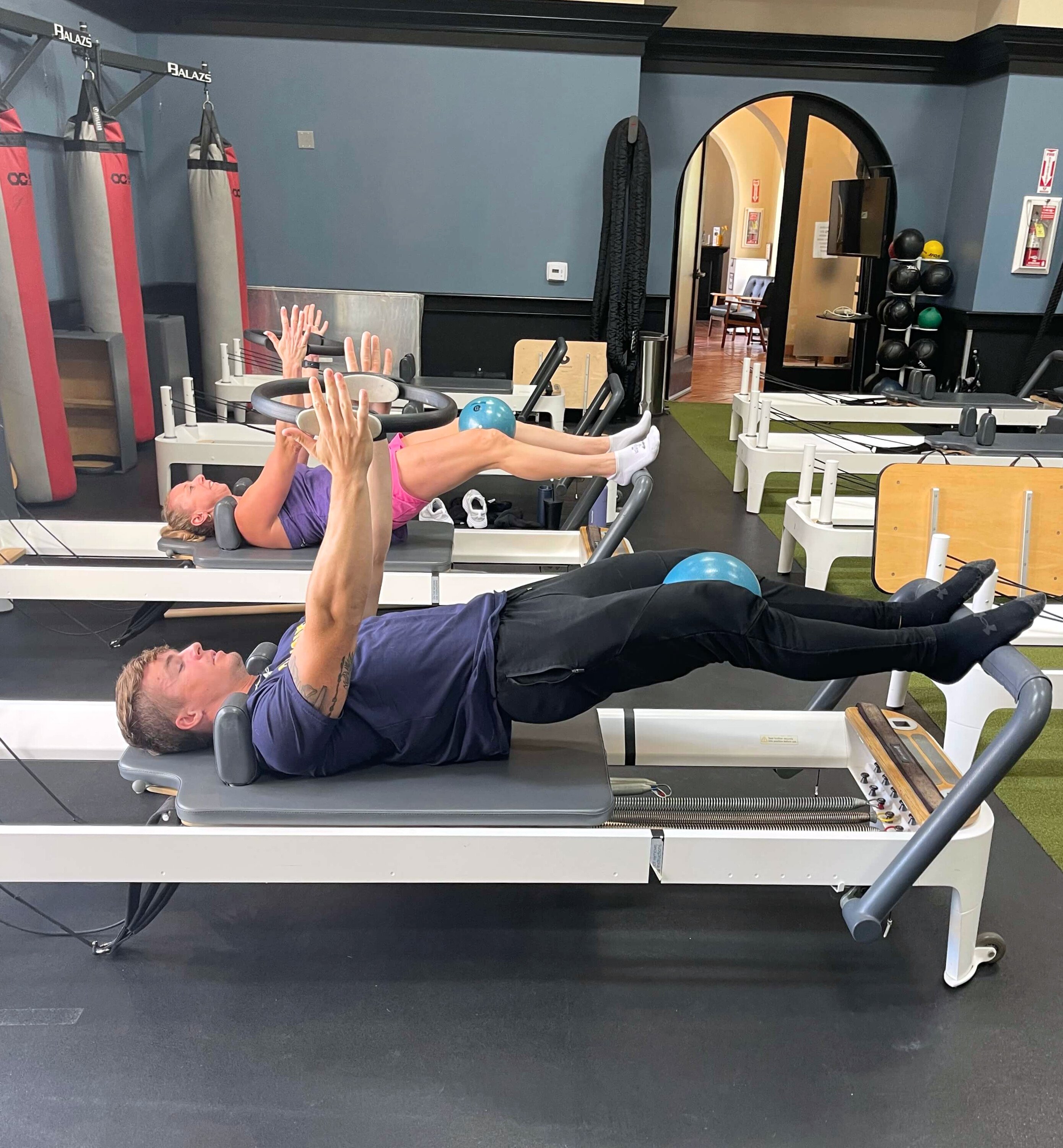Is Pilates all that it is cracked up to be? The Pros and Cons of Pilates
March 25th, 2024 | 4 min. read
By Jen Azevedo

Pilates has gotten lots of attention from celebrities as a great way to be fit. The core-focused workouts are low-impact and effective in giving you a lean, toned physique.
But how much is this trendy exercise just a lot of hype? While trendy exercise classes often garner a lot of attention, especially when sculpted stars are touting the benefits, the effectiveness of any workout regimen ultimately depends on various factors including individual goals, consistency, and proper form. Pilates classes that focus on the glutes and core can indeed provide significant benefits such as improved strength, stability, and muscle tone in targeted areas.
The Paseo Club is a social club in the Santa Clarita Valley that offers over 60 fitness classes each week, including cycling, HIIT, yoga, and Pilates. Our reformer classes are one of our most popular options. With just eight students per class, members receive personalized attention and professional guidance.
But not everyone is sold on Pilates — and it may not be the best fit for all individuals. Therefore, in this article, we will do a deep dive into the pros and cons of Pilates so you can decide for yourself.
 What is Pilates?
What is Pilates?
Pilates is a form of exercise and body conditioning developed by Joseph Pilates in the early 20th century. It was originally called Controllogy but was renamed Pilates after Joseph Pilates’ death.
He first developed different methods of exercise during World War l when he worked with injured soldiers. When he opened a studio above the New York Ballet Company, he used his method to help dancers recover from injuries.
While dancers are especially vulnerable to repetitive motion injuries, they happen to all of us occasionally. It soon became clear to Joseph that Pilates could benefit a much wider range of people, including those who weren’t injured at all.
Oftentimes well-conditioned athletes are humbled when they attempt a Pilates class thinking that it is going to be too easy when in fact it is deceivingly challenging. It works the muscle groups you don't tend to work in the gym or other classes.
 Some principles that guide the Pilates method include concentration on each movement, use of the abdominal and lower back muscles, flowing, precise movement patterns, and controlled breathing. Depending on the exercise, Pilates sessions are often performed on specially designed apparatuses, including a bed-like structure called a reformer. Some Pilates are done on the floor on a yoga mat.
Some principles that guide the Pilates method include concentration on each movement, use of the abdominal and lower back muscles, flowing, precise movement patterns, and controlled breathing. Depending on the exercise, Pilates sessions are often performed on specially designed apparatuses, including a bed-like structure called a reformer. Some Pilates are done on the floor on a yoga mat.
Pilates is a form of strength training. Pilates focuses on improving muscle tone, building strength from the inside out, and creating more stability and endurance. Pilates isn’t going to bulk you up. If anything, it is designed to cultivate a longer, leaner look.
What is the premise of Pilates?
The premise of Pilates is to improve core strength, balance, and coordination while using controlled and focused breathing.
 What are the pros of Pilates?
What are the pros of Pilates?
Pilates is performed by athletes, dancers, members of the military, and “regular” teens and adults, far and wide. There are five primary benefits to Pilates.
1. Core strength
If Pilates is known for one thing, it is core strength. All movements in Pilates originate from the core. Activating the core engages deeper abdominal muscles and the pelvic floor to contract and release — a true sign of strength. These muscles protect and stabilize the back and entire trunk of the body.
2. Pain relief
Many people suffer from pain due to injury, aging, or a weak core, which can create back pain. The slow, controlled movements of Pilates strengthen and mobilize the body safely. This improves flexibility and strengthens the core, thus creating pain relief.
3. Posture
Pilates emphasis on the core helps participants develop optimal alignment of their spine and hips. With more strength and flexibility, people tend to sit straighter, engage their abdomen, and have more scapular mobility to lay their shoulder blades flat against their back.
 4. Balance and coordination
4. Balance and coordination
One of the greatest risks to elders is falling. Even people in their youth and middle years can benefit from increasing their balance and coordination. This helps in daily functional fitness activities like carrying your toddler or sacks of groceries and in your favorite athletic endeavors such as running and tennis.
5. Low Impact
If your ankles hurt when you run, your shoulder when you play tennis, or your knees with every box jump, then Pilates will likely be a welcome relief. Pilates not only doesn’t aggravate joints, it strengthens and heals them.
6. Mind-body health
In our modern era, we are all overstretched and over-exhausted. Carving out time to slow down, breathe, and focus not on our to-do list but on the subtle movements of our body is proven to improve our mental health and reduce anxiety. Pilates improves overall well-being and is an effective antidote to stress.
What are the cons of Pilates?
Although Pilates is beneficial in several ways, it is not a panacea. There are drawbacks to Pilates — especially if you are looking for a high-intensity workout or need to watch your spending.
 1. Not a calorie burner
1. Not a calorie burner
You don’t burn as many calories doing Pilates as you do with HIIT training; however, some classes use the jump board which does increase the calorie burn of a Pilates reformer session. For people who focus on burning fat and building muscle, Pilates is not for you.
2. Female dominated
Men may feel uncomfortable in Pilates classes because women mostly take Pilates classes. Pilates is very beneficial for men, but in a class of eight, there may only be one male in class.
3. Costs extra
Pilates reformer classes are not free. The small class size and extra equipment mean you need to pay extra whether you attend class at a Pilates studio or a gym. If you already pay for a gym membership, this additional fee can be tough to budget for.
4. Need equipment
Many Pilates classes require different equipment, such as a reformer, chair, barrel, magic circle, balls, weighted bars, gondola poles, bands, and dumbbells. This makes it almost impossible to do Pilates at home.
 5. May need private lessons
5. May need private lessons
Group classes are not always appropriate for everyone. If you have significant limitations or injury, you may not be able to join a group class. Private lessons may be necessary to learn Pilates.
6. Need an instructor
Pilates movements are specific and exacting. Having an instructor to aid you in proper form and movements helps you to get the most out of your workout. Trying to recreate Pilates at home or on your own in a gym is difficult to replicate with the absence of equipment and assistance.
 Final thoughts on Pilates
Final thoughts on Pilates
Pilates is a form of exercise that has been utilized for 100 years. Over time, it has become a go-to method of movement for dancers, athletes, and laypeople. It helps strengthen the body, calm the mind, and enhance mobility, coordination, and flexibility.
Pilates does have shortcomings. It isn’t the best for losing weight, saving money, or learning on your own. But for many people, the benefits outweigh the drawbacks.
The Paseo Club has several Pilates classes available every week for beginners through advanced levels. If you want to try Pilates out for the first time, come to our FREE intro class on Sundays at 11 am.
If you are not yet a member of the Paseo Club, schedule a tour so you can visit all eight acres of our facilities. Check out the tennis and pickleball courts, junior Olympic pool, gym, and, of course, the Pilates studio.
Jen Azevedo is a tennis professional, pickleball professional, personal trainer, group exercise instructor, and the general manager of the Paseo Club. She loves the community at the Paseo Club and that it is also a safe and fun place for her daughter. Jen’s favorite activities are joining her tribe for trail races or her partners for tennis matches. Occasionally Jen slows down to relax with a book — she reads over 100 a year!

